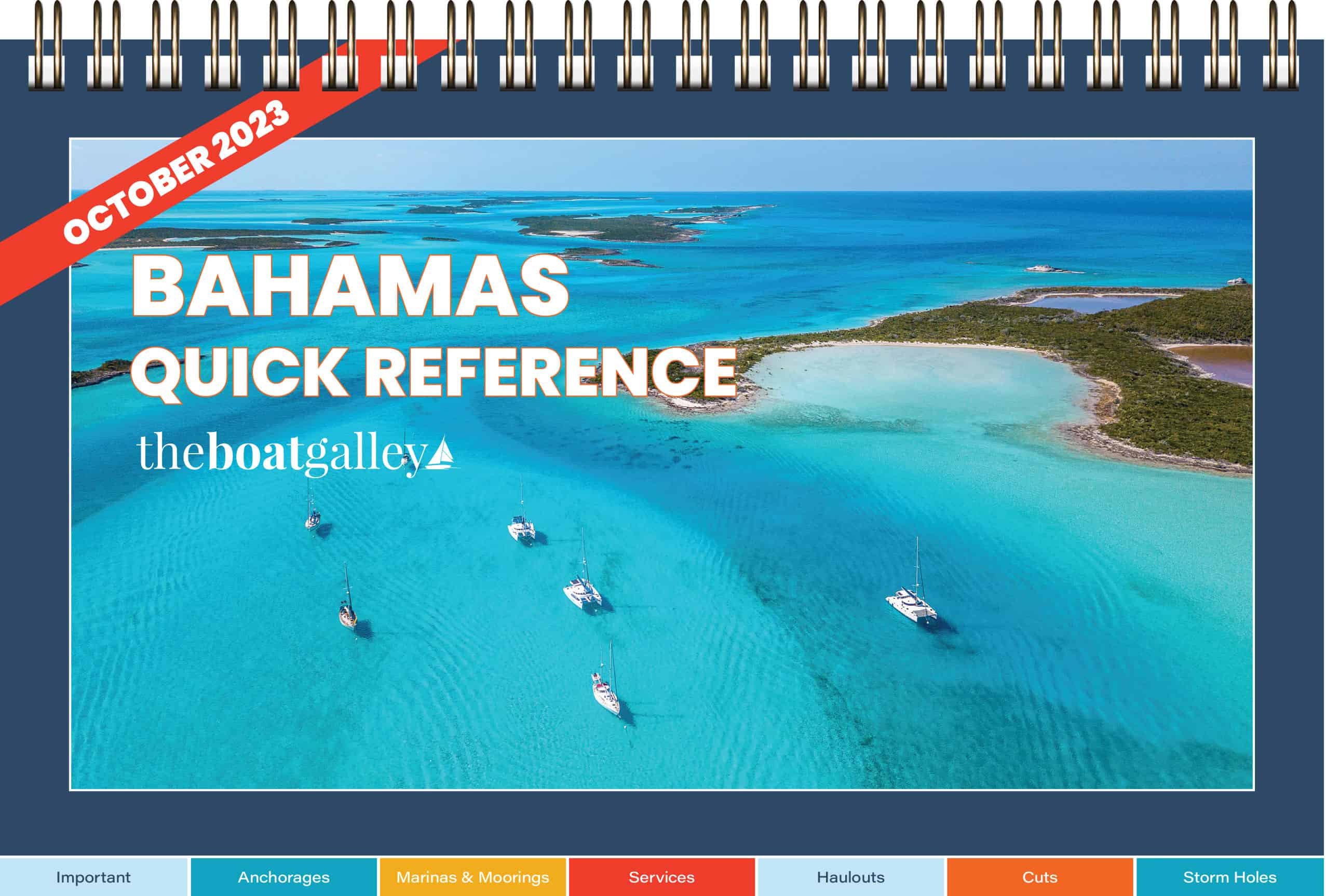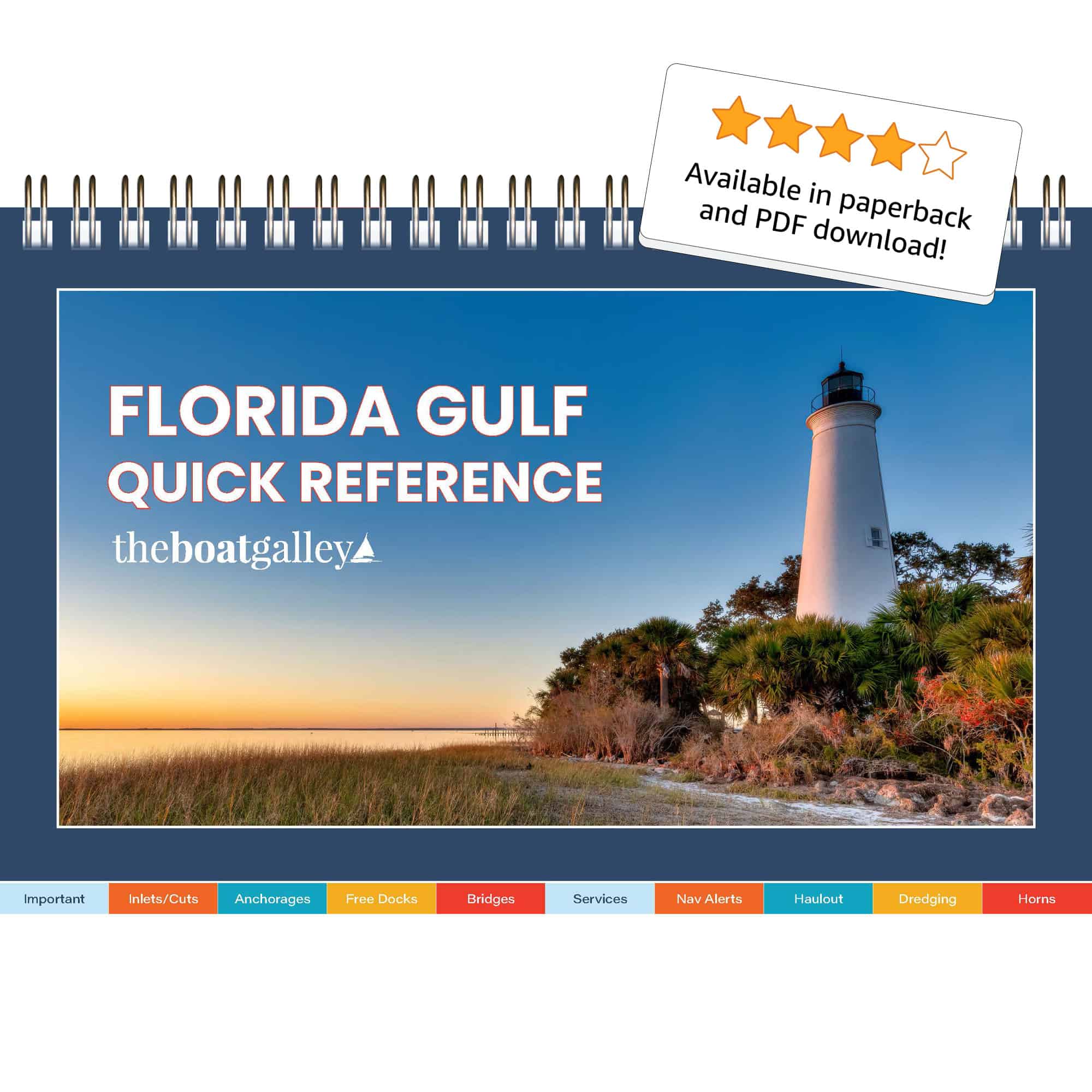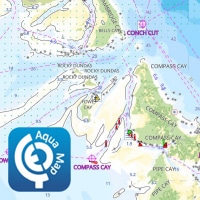
Several years ago, I wrote a post about “geezer cruising” – that is, cruising after age 75. You can read it here. Now, Dave is 83 and we still live aboard full-time and actively cruise several months a year. We’re currently in the middle of four months in the Bahamas.
Obviously, everyone is different in what they can and can’t do at any age. But, in general, here are our thoughts on cruising when older:
- We have had to acknowledge our limits, both physically and mentally. I think it’s easier to gloss over them when living ashore or even living aboard in a marina or mooring field. We just can’t do what we did even 5 years ago. Once we acknowledge the limits, we can figure out how to work within them.
- While it’s possible to cruise larger boats with electric winches, windlasses, bow thrusters, and so on, it’s important to consider what you can handle should some of those systems break down. Right now, the motor on our windlass is kaput and it’s strictly manual. Getting it repaired or a new one while in the Bahamas isn’t realistic. With ¼” chain and a 35-pound anchor, we can manage to hoist and deploy the anchor manually. If the boat (and hence anchor and chain) were bigger, we couldn’t. We’d be limited to marinas or mooring fields . . . or returning to the US for repair.
- Mechanical advantage is our friend. More purchase on our dinghy davits. Rigging the jib furler so we can put it on a winch. Longer handles for the winches.
- A watermaker makes life a lot easier, both in not having to schlep jerry cans of water from shore but also in not having to change anchorages (that is, go somewhere with water) in less than ideal conditions.
- The learning curve is steeper. It’s not as easy to pick up new skills or procedures. If everything were new, I’m not sure how well we’d do; having cruised 14 years means that we have already figured out much of our daily routine.
- Checklists! Most of us just don’t have the memory at 80 that we did even at 60. Checklists, reminder labels on equipment, and calendar reminders really help.
- Our pace is slower. We aren’t always on the go. We space errands out over several days; ditto for exploring a new place. We don’t cover as many miles.
- Our annual expenses are higher: we pay for more help on our annual haul out and for other repairs; we get taxis/Uber/Lyft instead of carrying loads; we are quicker to duck into marinas when bad weather threatens.
- We have chosen this lifestyle, with the understanding that it could reduce our lifespan. Being away from prompt medical care is a definite risk when older and one we have considered and accept. We’d rather that than spend our days sitting on the sofa and watching TV. As Jimmy Buffett says, “I’d rather die while I’m living . . . “
I’ve said “we” throughout this note but the reality is that it applies more to Dave at 83 than to me at 61. Lots of people begin cruising in their 60’s and 70’s. Cruising into your 80’s is definitely possible. If it’s what you want to do, you can figure out a way to make it happen.

Quickly find anchorages, services, bridges, and more with our topic-focused, easy-to-use waterproof guides. Covering the ICW, Bahamas, Florida, and Chesapeake.
Explore All Guides

Carolyn Shearlock has lived aboard full-time for 17 years, splitting her time between a Tayana 37 monohull and a Gemini 105 catamaran. She’s cruised over 14,000 miles, from Pacific Mexico and Central America to Florida and the Bahamas, gaining firsthand experience with the joys and challenges of life on the water.
Through The Boat Galley, Carolyn has helped thousands of people explore, prepare for, and enjoy life afloat. She shares her expertise as an instructor at Cruisers University, in leading boating publications, and through her bestselling book, The Boat Galley Cookbook. She is passionate about helping others embark on their liveaboard journey—making life on the water simpler, safer, and more enjoyable.












Jacki says
Thank you for all of the advice and tips!